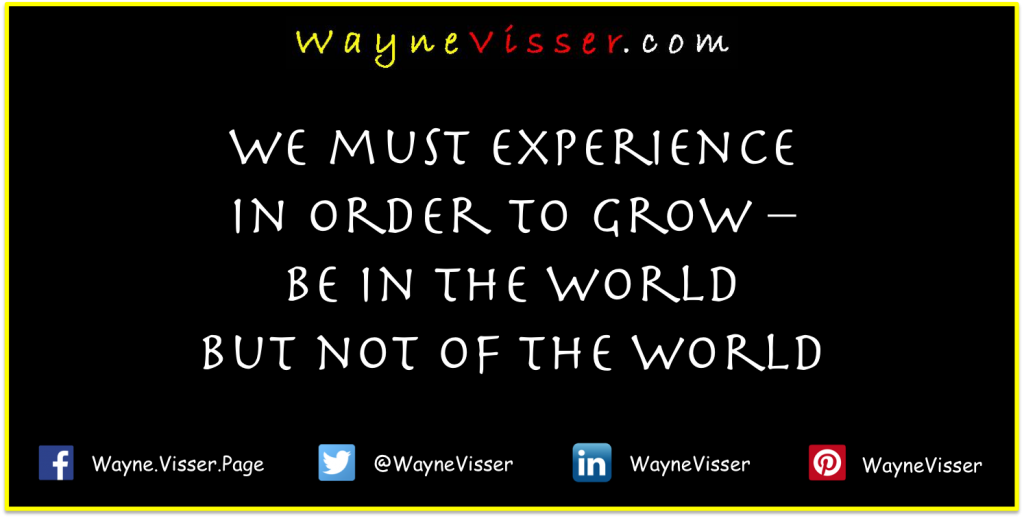The Business Poet – Chapter 2
On Work
A loyal employee representative from the trade union, who had never been afraid to speak his mind, was the first to take up the challenge and, continuing in the style of The Prophet, said, Speak to us of Work.
Everyone’s attention turned to their former leader whom they held in such high esteem, curious and expectant, to see how he would respond. He smiled as he recalled jotting down his thoughts on the meaning of work, and in his mind he knew exactly in which notebook and on which page he would find the passage. He thumbed the pages and soon had his forefinger marking the appropriate place. He looked up, cleared his throat, and with a strange feeling of hearing the echo of his own thoughts, began to read:
“Conventional wisdom says that some live to work, while others work to live, but both extremes are undesirable.
“Those that lose themselves in their jobs, or titles, or careers, are lost indeed, for they filter life’s rainbow through the prism of work and declare the world one colour, with themselves the master of a single hue.
“Those who find themselves chained to employment, whether from desperation or fear, are prisoners of the darkness who see life’s bright rays, at best, through the bars of impotence and boredom.
“Both types are victims of insecurity and false identity, for work does not define us, but gives us the opportunity to define ourselves.
“Career choices do not dictate our worth, but allow us to celebrate our worth.
“Job titles say more about our sense of self-importance than our ability to do important work.
“Employment does not equate to the contribution we are making to society, nor the potential we have to make a positive difference in the lives of others.
“It is a strange irony that the most valuable work is least valued in our material world, while the most selfish pursuits are glorified and richly rewarded.
“We live in an age of inverted values.
“As with Nature, so too with work: the smallest, humblest and least visible are the most pervasive, productive and critical – the very foundation on which the balance of life depends.
“The modern economy is an attempt to create a neatly manicured garden, sterile and devoid of the disorderly profusion of wild growth.
“Unshapely jobs are severely pruned every season and non-conforming workers are weeded out and discarded on the refuse pile of the unemployed.
“Surviving staff are fertilised with financial incentives, trellis-bound through management-by-objectives, and sprayed with market mantras to increase resistance to the buzzing, biting pests of social and environmental activism.
“For society to blossom, diversity must be allowed to flourish: budding talents must be nurtured and the acorn latent inside the oak tree must be cherished.
“Only when survival is not dependent on growing in the limited garden of formal employment will we witness the true bounty of human nature.
“Only when we create an environment in which the tender tendrils of youth can climb towards the warmth of their inner calling will we reap a full harvest of what is possible.
“True work is service in action, creativity in motion, meaning in the making.”
Merlin looked up from his entranced soliloquy, somewhat anxious, unsure how his words had been received. But he needn’t have worried. The human collage of nodding heads, smiling faces and appreciative whispers was a picture of support and encouragement. So, they continued.
Share










